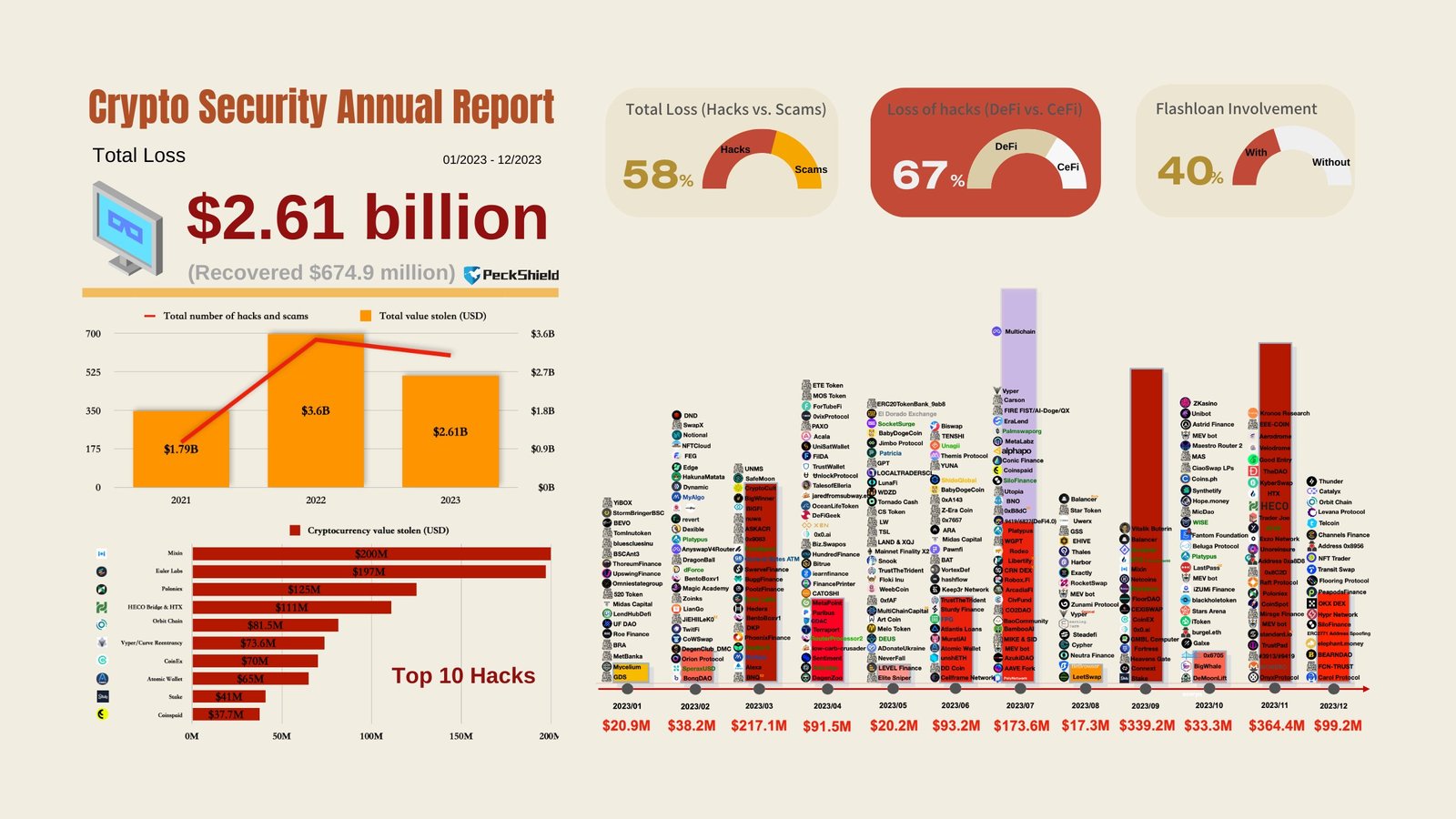The National Anti-Corruption Commission (NACC) of Australia has leveled accusations against a federal police officer for allegedly wiping a Trezor hardware wallet containing 81.62 bitcoin at a crime scene.
The authorities, employing digital asset tracing software, claim that the Australian Police officer, identified as William Wheatley, cleverly transferred bitcoin into his possession.
Australian Police: No Trace of Bitcoin
In 2019, the Australian police discovered the hardware wallet during a drug raid at a residence. However, they waited approximately three weeks to obtain court permission to access it. When they finally gained entry, to their surprise, they found no trace of the originally substantial bitcoin stash. According to allegations, Wheatley swiftly moved the digital assets shortly after the initial raid.
The hardware wallet initially held 81.62 bitcoin, valued at $309,000 during the raid. However, its current value stands at around $4.2 million USD. Detective Sergeant Deon Achtypis of the cybercrime squad initially suspected an associate of the crime syndicate to be responsible for the bitcoin theft.
However, an extensive investigation, including the analysis of IP addresses linked to the stolen BTC through digital assets tracing software, allegedly revealed a connection to Wheatley. Achtypis stated:
“I formed the opinion that a police member may have been involved in the movement of the cryptocurrency.”
Notably, during the investigation, a Wales-based digital asset investigator, Craig Gillespie, discovered some transactions tracing to withdrawals made into Wheatley’s bank account in the next three years after the raid.
Trial Unfolds
The suspended police officer, facing accusations of exploiting his position for personal gain, theft, and involvement with proceeds of crime, maintains his innocence. He is prepared to contest charges related to the alleged theft of bitcoin from the Trezor wallet.
During the court proceedings, the defense attorney, Luke Barker, asserted that the charges against his client were based on circumstantial evidence. He estimated that the trial might extend for up to three months.
The trial occurs amid Trezor’s acknowledgment of a security breach affecting nearly 66,000 users. In January, the renowned hardware wallet manufacturer disclosed unauthorized entry into a third-party support portal, warning users who have engaged with their support team since December 2021 of potential data compromise.
Digital Asset Tracing
Law enforcement agencies globally are increasingly adopting digital asset tracing softwares to combat illicit activities involving digital assets. In August 2023, the Canadian police announced the use of Chainalysis Reactor software for tracing illicit transactions.
Interestingly, advancements in digital asset detective softwares have led to a higher recovery rate of stolen funds. On January 29, blockchain security company PeckShield indicated that over $674 million was recovered from more than 600 large-scale digital asset hacks (resulting in around $2.61 billion losses) in 2023.

Australia’s Regulatory Plans
Amidst these developments, Australia’s Treasury Department unveiled a paper in October 2023, proposing a digital asset regulatory framework along with a roadmap.
The proposed legislation, expected to cover licensing and custody rules for digital asset providers, aims to be enacted this year. If successful, it will require digital asset platforms in Australia to transition to the regulatory framework within 12 months. This implies that licenses may be granted under the proposed regime by 2025.










